 Don’t let a lack of funds limit presenting in PRIME 2020!
Don’t let a lack of funds limit presenting in PRIME 2020!
Many ECS divisions and sections provide travel grants to qualified biannual meeting presenters. Due to COVID-19 travel restrictions, these travel grant awards can now defray PRIME 2020 presenters’ registration fees.
View Travel Grant Information and Apply
Application deadline: August 17, 2020 (more…)



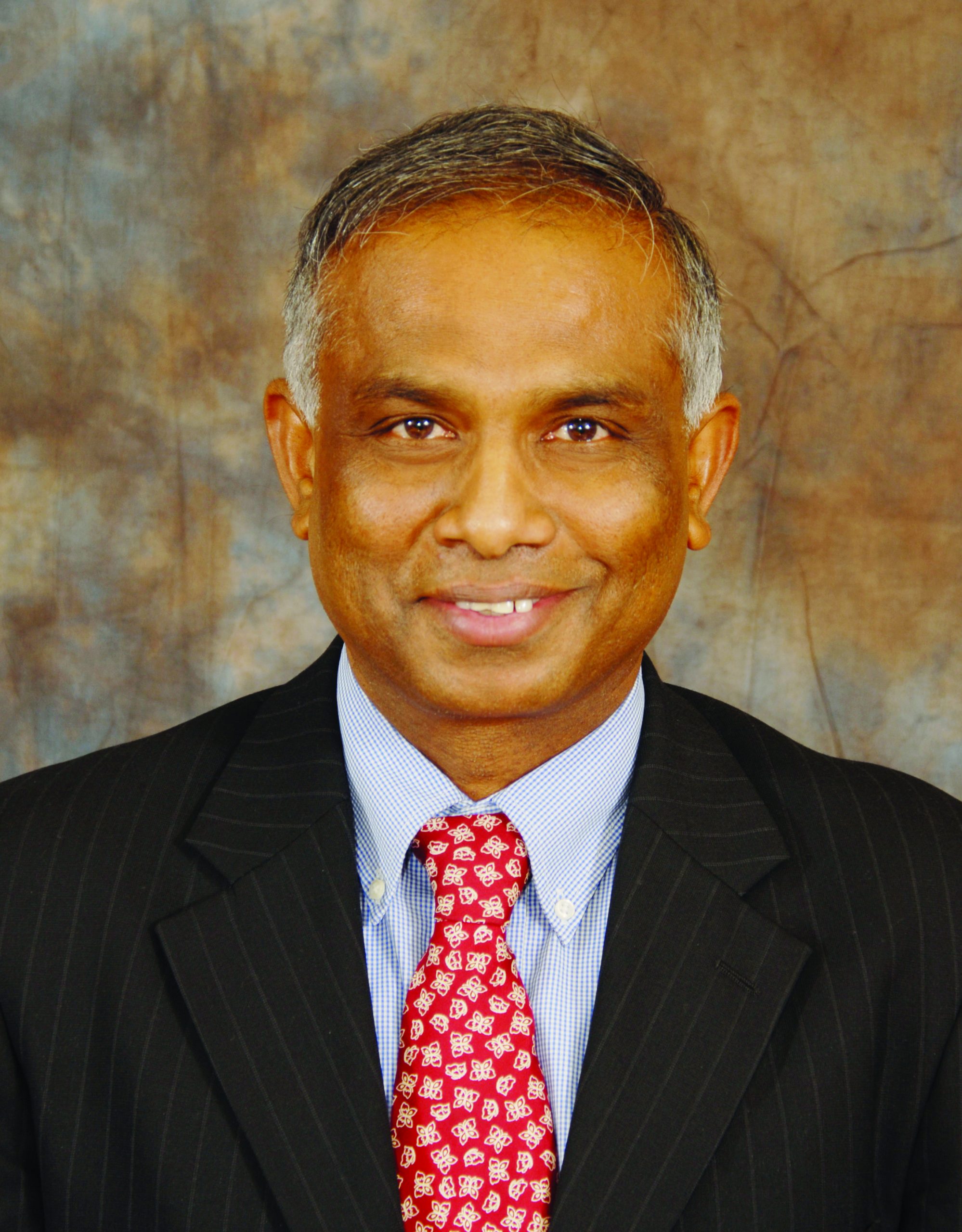
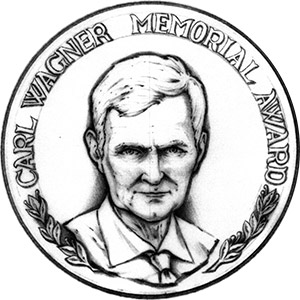
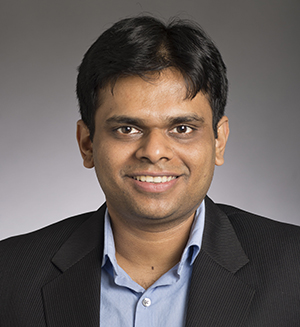
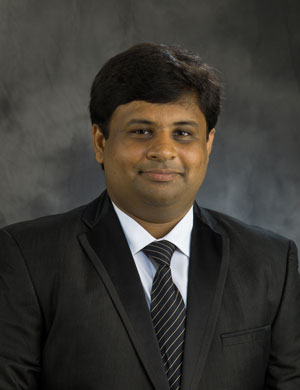
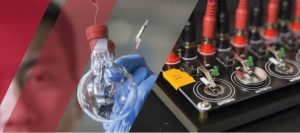

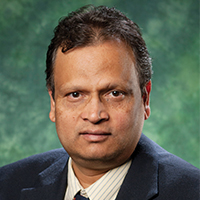
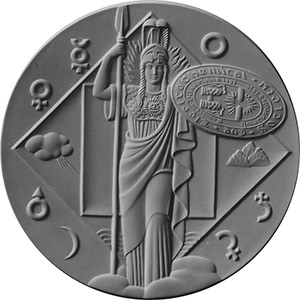 Olin Palladium Award
Olin Palladium Award